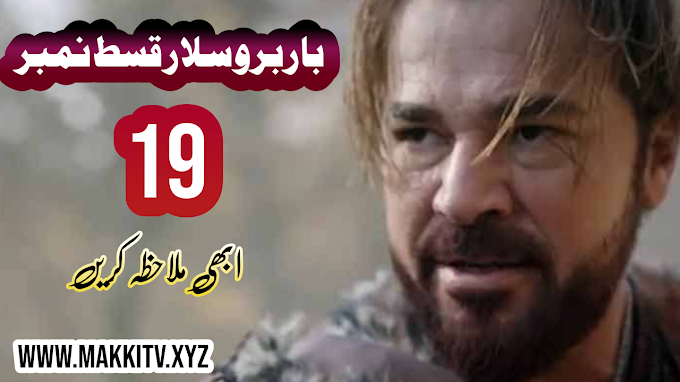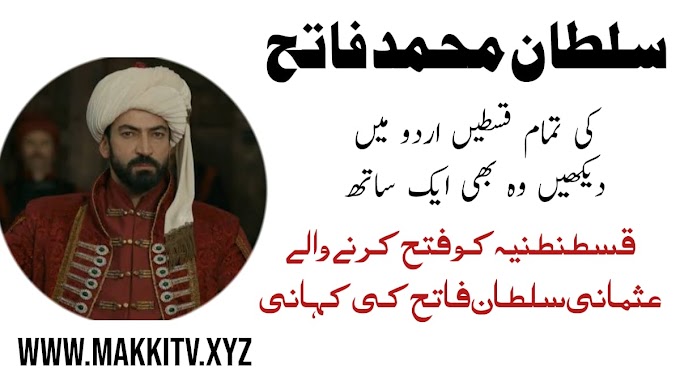It is the middle of autumn, somewhere in the north-eastern Grampian Mountains.
The gusts of strong, cold wind sweeping the bare hillsides heralds the upcoming winter.
Thousands of Caledonian warriors of various tribes from all over the region gather at the meeting point at the foot of Mons Graupius. From a bit higher a group of chieftains are observing the unusual assembly, among them the commander of the entire united tribal force, a warchief named Calgacus. Eventually, another armed host loomed in the distance. It quickly became apparent, that this was not another tribe marching to join the gathering Caledonians.
A mighty Imperial Roman army marched to crush any signs of armed resistance of the local people. Calgacus realised, that his men were already past the point of no return. One of the biggest battles that Caledonia would ever witness, was about to begin.
It is the beginning of the year 78 AD. Thirty five years have passed since Emperor Claudius sent his general Aulus Plautius to expand imperial rule over the lands of Britannia, a large island on the northwestern frontier of the empire. For Claudius, stretching the borders of the empire was an excellent way to legitimise his still uncertain future as Augustus, and Britannia seemed as a reasonable target to start with, especially given the problems that the Romans had with their attempts to extend imperial authority past the Rhine.
Thus, in the next couple of decades four legions rolled through the southern part of Britain, imposing direct Roman rule over the inhabiting tribes. In the summer of the year 77, when the Romanization of the conquered part of the island was well underway, a new governor was appointed to oversee the process and keep the more disobedient tribes in check, ensuring peace in the region.
Gnaeus Julius Agricola, a confidant of the emperor, was by no means a newcomer to the affairs of the new Roman province as he had spent a good part of the on-going decade as a military commander under previous governors, gaining experience fighting the Britonic tribes at the northern frontier.
Now, on becoming the most important Roman official in the province, Agricola set out on a mission to prove his worth further and continue Roman expansion, which had faltered somewhat in the immediate years before his appointment. At first, Agricola was compelled to secure what already was conquered by the empire. Thus, he made use of the first two campaigning seasons of the years 78 and 79 to quell the rebelling tribes of what would later become Northern Wales and Northern England, as both the Ordovices and Brigantes people, though once defeated, had already re-established their independence.
These campaigns went quite smoothly and a number of Roman forts were established on the lands of both tribes to ensure their obedience in the future. With his back now stabilized, Agricola began sketching plans of expedition to the North. Starting in the year 80, the Roman force departed on a number of campaigns, steadily pushing forward through the lowlands of Caledonia. Agricola’s advance was well-thought out and reliably executed. Plenty of forts and marching camps were erected as the Roman army moved North to increase their protection and dissuade local tribes from launching any surprise attacks. Moreover, the advance was supported and supplied by the Roman fleet, which only augmented the strength and options of the Roman expedition force. Certainly, Agricola made excellent use of both the land and naval resources of the empire to subdue yet another region and its people. By the year 82 he had already passed the line of the river Forth securing the area roughly up to the Firth of Tay. Now you may be wondering why the various chieftains of the Caledonian tribes didn’t rise up and fight for their freedom? There were a couple of reasons behind this apparent inaction. Firstly, which we already mentioned, Agricola spent many years in Britain, and became very well-versed with the tactics and capabilities of local tribes, and so he left very little opportunity for the tribesmen to act effectively against Roman invaders. The Caledonians were not only technologically inferior, but were also far behind the Romans in terms of organization and discipline, so any attack from a small coalition of clans on the well-defended camp fortifications of the imperial army was essentially doomed to failure. Which brings us to the second reason – a distinct lack of unity among the natives. Since Agricola had several tens of thousands of well-equipped men at his command, if the Caledonian chieftains ever hoped to challenge the Romans, a large confederacy of tribes, united against one enemy, was needed if there was any hope to stop the imperial war machine. As the Roman army pushed farther with each campaigning season with no significant opposition on the horizon, the Caledonians must have finally realized that their only viable way to stop the Romans and safeguard their independence was to put aside their internal feuds and unite against the common enemy. Although it took some time for the tribesmen to mobilize for war, by the end of the summer of the year 83 roughly 30,000 Caledonian warriors heeded the call and gathered under the command of a chieftain named Calgacus at the foot of Mons Graupius in the Western Grampian Mountains.
Naturally, general Agricola was well aware of the emerging threat and despite the fact that his legions were somewhat depleted, as additional forces were urgently needed to reinforce the imperial effort behind the Rhine, he was determined to face the united Caledonian host and crush their will for opposing the Romans.
The imperial army reached the battlefield in autumn, at the very end of the campaigning season. The sight of a massive tribal army assembling at the northern base of the mountain must have been truly imposing, even for the most experienced Roman legionnaires. An innumerable mass of foot warriors with flanks covered by Caledonian light cavalry and a frontline consisting of Brittonic chariots was indeed a force to be reckoned with. But Agricola knew that his army was not inferior. Admittedly, he had visibly less men at his disposal, counting slightly less than 20,000 in total, but their battle readiness was undoubtedly higher than the Caledonian tribesmen. The core and most potent of Agricola’s army was formed by one full legion and a another considerably depleted one, counting around 8,000 legionnaires in total, positioned in the rear. In the first line stood the auxiliary infantry provided by allies of the empire, counting an additional 8,000 men. The infantry lines were protected by several alae of Roman auxiliary cavalry. As soon as the battle arrays were formed, the Roman auxiliary infantry began to advance towards the enemy with cavalry units following on the flanks. Responding to this, Calgacus sent forward the Brittonic nobles riding the chariots hoping to intimidate the enemy and possibly weaken their line. The Roman auxiliaries, comprising more of open-order troops than heavy armored legions spread their line wide to counter the chariot attack. As a result, the initial attempt to weaken the Roman line brought very underwhelming results for Calgacus. He was given little time to rethink his options, for as his scythed chariots brawled in the centre, the Roman cavalry charged their Caledonian counterpart, trying to eliminate the risk of their infantry units being flanked. As the tribal mounted units were of poorer quality and organisation, this fight on the flanks was abrupt as within moments the Caledonian riders, lacking proper leadership were in full rout, chased by the Roman contingents. The situation looked dire for the Britons, but they still had reason to hope for the victory. The Caledonian infantry, though of inferior quality and discipline, was more numerous and well positioned on the higher ground. Both lines clashed and the main phase of the battle began. Gnaeus Julius Agricola watched the struggle from a distance and had all the reasons to stay confident. The first wave of Roman infantry consisted of Batavian and Tungrian auxiliaries, specifically trained to counter the Brittonic style of warfare. Using the same type of short sword as legionnaires they quickly gained the upper hand in close-quarters against the Caledonians, who fought fiercely, but their ambition couldn’t make up for their significant shortcomings in cohesion and armament. When the first lines succumbed to the Roman swords, the remainder of the Caledonian army was little more than an unarmoured, poorly armed rabble with virtually no fighting experience. Yet their numerical advantage still posed a threat. The Caledonian rear units, being intact up to this point attempted to flank the main body of the Roman auxiliaries in a last ditch effort to turn the tide of the battle. But Agricola was prepared for that too. He had held back his best mounted units to prevent such an outflanking manoeuvre. Imperial cavalry struck the light Brittonic units, dealing massive damage and destroying any hope that they still had to win the encounter. Eventually, with thousands fallen and no further options to stop the Romans, gradually the Caledonian warriors ran from the battlefield, fleeing for their very lives. Agricola’s cavalry pursued, trying to increase the death toll, but as soon as the tribesmen reached the treeline they were safe from the slaughter. According to primary sources, only 360 Roman soldiers perished in the battle, a small number compared to the thousands of Britons that lay dead at the foot of the mountain. It was a great victory for Agricola, who soon was recalled back to Rome and decorated after an unusually long period as governor of Britannia. Although it was proclaimed that Rome had at last subjugated all of Britain in truth, the Roman occupation of Caledonia ended some years later. With urgent need of additional troops elsewhere in the empire, many Roman legionnaires were withdrawn from Britannia and the remainder of the army eventually settled the frontier down roughly at the height of Solway Firth, where the famous Hadrian’s Wall was built a few decades later.













0 Comments
Thanks For Makki Tv Website Visit Please Contect My Whatsapp Number For Updates 03155017246